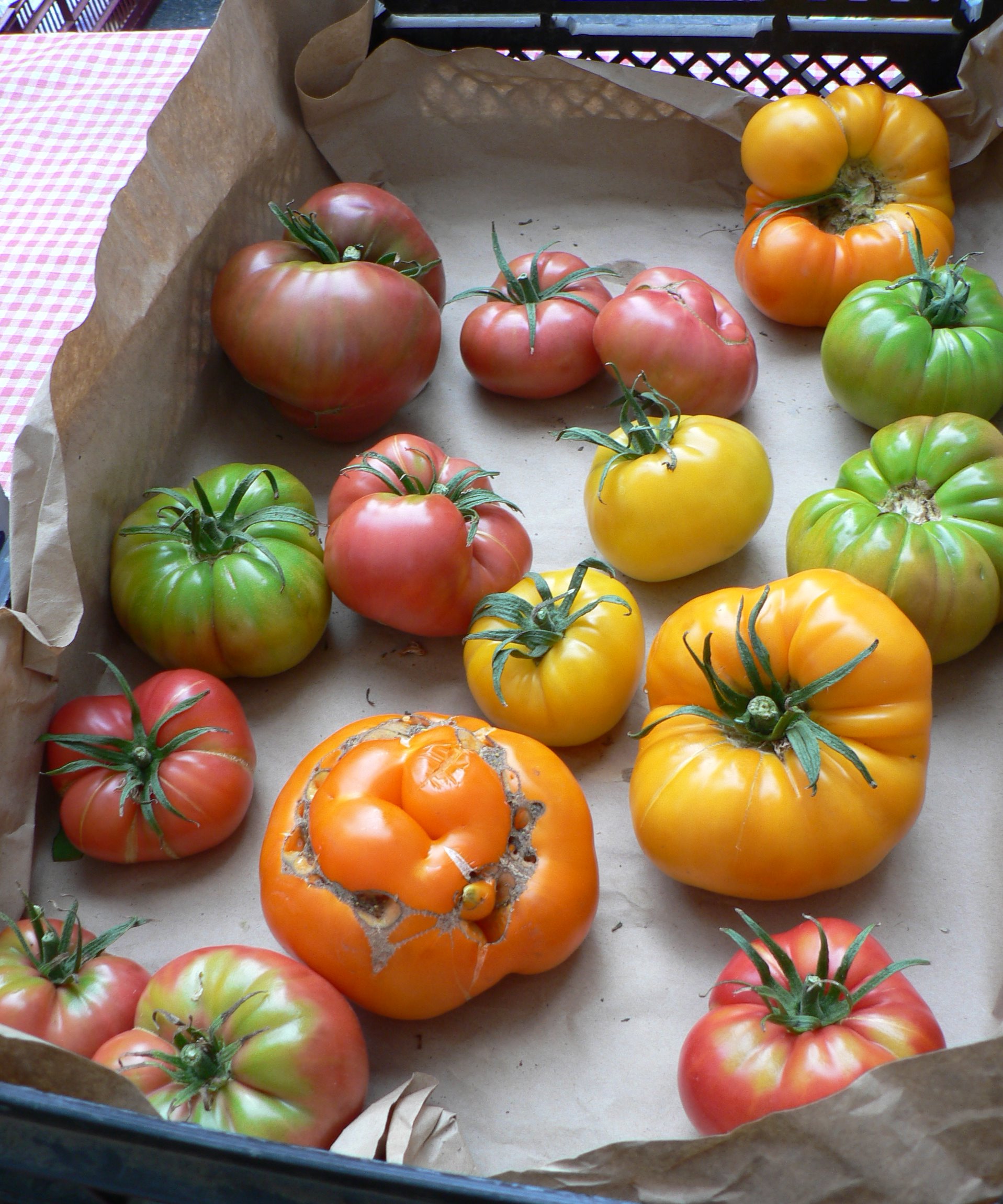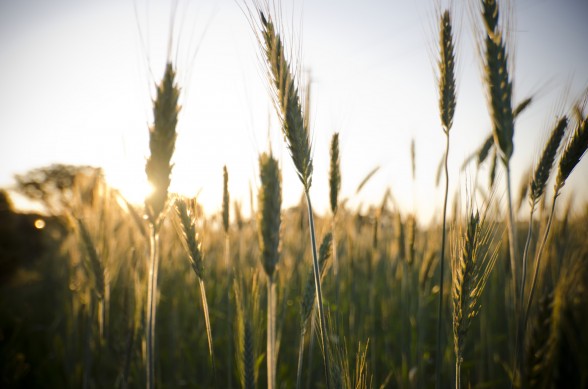Micro-Gardens Balcony-Side
It seems as if there’s a never ending struggle for space in this day and age, especially when we’re crammed in rows of apartments or condominiums. It’s hard to fully enjoy horticulture at its finest when your apartment window is fifty feet above ground, but why not bring some of the home garden right onto your balcony? Growing plants can bring colour to your outdoor space and even add some flavour to your cooking without invading on your personal space.
Oregano
I live by using oregano when I am cooking, especially in pastas or on barbequed meats. It can easily improve a meal with its aromatic scent and spicy flavour. What’s just as easy is this plant can be grown balcony-side in small pots, as long as there is ample sunlight. It’s best to start the oregano plant off inside then gradually transfer your pots outdoors. Oregano grows best when temperatures are above seven degrees Celsius (45 degrees Fahrenheit), and in well-drained soil that is rich, as to help reduce the strong flavour. When planting your oregano seeds, simply cover them lightly with soil as they need some light to grow and keep the soil moist until the seeds start to spout.
After this point, your plant will not require as much water. Sprouting can take up to two weeks, and approximately five weeks after seedlings appear you can trim your plant to help it grow denser and bushier. Like most herbs, oregano tastes best before its flowers form. You can start harvesting when your plant is four to five inches tall but you can also harvest at any time in the growing period. Cut your plant stems down to the soil so that your next batch can grow more stems.
Sprinkle some of your fresh oregano on your dish closer to the end of cooking (so it does not become bitter from overheating), and you’re ready to go. Oregano can also be easily dehydrated. Just wash and pat dry your stems then put them in a paper bag or filter and keep them in a well-ventilated area out of the sun. Remove the oregano leaves from the stems when dry, store in an air-tight container and you’re ready for any emergency spice calls.
Strawberries
You can’t beat fresh fruit, and what could be fresher than picking ripe fruit right off your balcony? It’s as easy as growing strawberries right outside your door. For strawberry pots, the best types of strawberries are the ever-bearing and day-neutral varieties as they will give you regular harvests from late spring until early fall. Strawberries can be grown inside or outside, as long as they can get around six to eight hours of sunlight a day. Yes, New Westminster might not get the most sun in all of B.C., but the summer season is just around the corner.
When you start to plant, it’s important to know that strawberries need rich potting soil and good drainage to thrive. Specially designed strawberry pots like clay planters with side pouches work best. Fill your strawberry pot with soil up to the lowest pockets then insert your strawberry seeds and fill soil around them. Insert a PVC pipe drilled with holes into the centre of the pot to ensure even watering of the plants. Continue to add soil and strawberry plants until you get two inches below the pot’s rim. Add an extra few plants at the top and water thoroughly.
You’re done the easy part! Now the hard part: waiting. Your plants will need continual watering during the entire growing season. Be patient though, as strawberry seeds can take a couple months to grow. When that time comes, your strawberries are ready to be picked when they’ve turned plump and red.
Tomatoes
Salads can never have enough fixings, which is why having a pot of fresh cherry tomatoes on the balcony can easily garnish a lunchtime meal. There are a variety of cherry tomatoes to choose from when wanting to grow them in small pots. Anmore Treasures, Lyana, Tiny Tim and Yellow Pygmy are some types but Early Dwarf Cherry Tomatoes are great for indoors, because they don’t need as much light as other cherry tomatoes. After you’ve picked which cherry tomatoes you want to grow, you need a pot with holes in the bottom of the pot and a layer of stones for good drainage. Pack potting soil gently into the pot, poke quarter-deep holes in the soil and fill with one or two seeds. Water the plants just enough to keep the soil moist, which can mean watering them daily.
Tomato plants should be kept in a place where they can get lots of sunlight and where it’s relatively warm. Plants will thrive in temperatures around 24 degrees Celsius (75 degrees Fahrenheit). You should keep the plants inside to begin with then when the sprouts are between four to six inches high, transfer them outside. Tomatoes can take between 55 to 85 days to ripen. When they’re firm and red they’re ready for picking for salads, salsas or pastas.
A creative alternative to planting tomatoes is Lee Valley’s upside-down tomato planter that adds design to your balcony and also protects your plants from pests.
Getting started on your outdoor micro-garden is as easy as borrowing a book from the New Westminster Public Library, such as Stephanie Donaldson’s The Container Garden that features over 40 different designs for planters, pots, boxes, baskets and tubs or Fern Richardson’s Small-space Container Garden to help get your balcony, porch or patio summer-ready.






